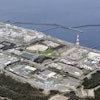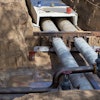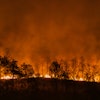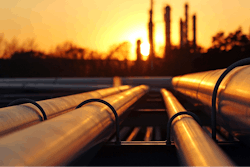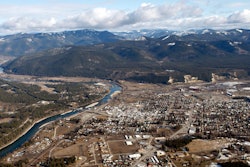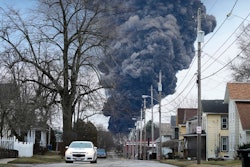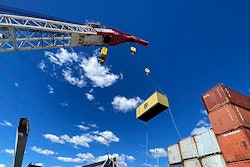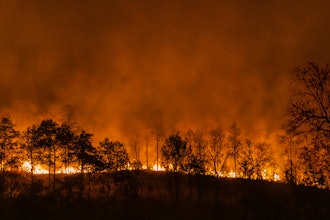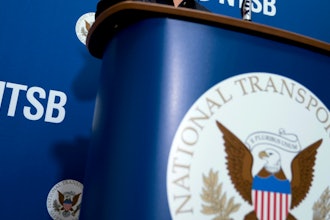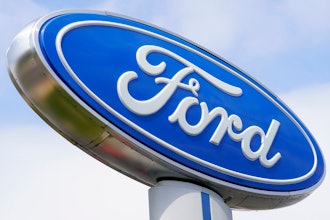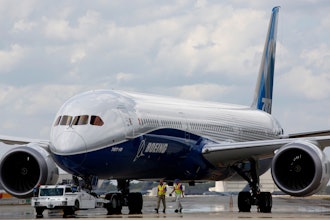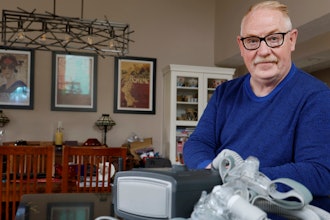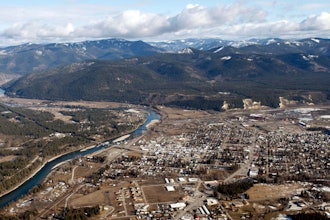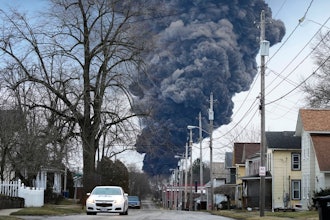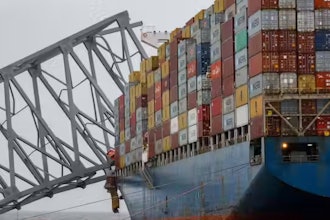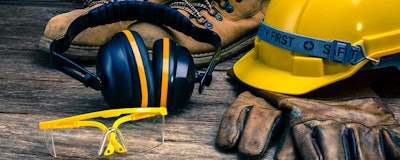
 Jeson Pitt
Jeson PittOne of the top priorities of any plant manager in a manufacturing industry is protecting the employees from safety hazards since these facilities pose unique safety risks. There are numerous factors which constitute safety risks for employees, such as heavy machinery, electrical material which may cause electrical hazards, ill-maintained equipment, etc. Listed below are 6 common safety hazards which every EHS manager in the manufacturing sector should address:
1. Machine Guarding
Correct machine guarding is essential to keep workers safe who operate heavy machinery every day on their job. Improperly installed machine guards pose a hazard to employees which may result in life-threatening accidents.
2. Electrical
Electricians and engineers are the ones who are most exposed to electrical hazards such as incorrectly installed equipment, unlocked electrical panels, and exposed wires.. An example of electrical hazard would be this. During the winter months, snow may collect on worker’s boots and when it melts, it may result in small water puddles throughout the facility. If exposed wires are present in the facility, it could result in electric shock. Hence, training workshops should include focused electrical safety practices, standards, and requirements to help the manufacturing staff mitigate any electrical hazards.
3. Lockout / Tagout
Several energy sources including electrical, mechanical or chemical equipment in a manufacturing workspace can prove hazardous to the workers. When the employees are servicing or carrying out maintenance operations on the heavy machinery, an unexpected startup or release of energy may lead to serious injury or death. Lockout/tagout procedures are types of safety precautions which help prevent this hazardous occurrence.
4. Falls
Surprisingly, falls are one of the most commonly occurring safety hazards in the manufacturing sector. They are the leading cause of injury and death. Steps must be taken to implement comprehensive protection measures against this safety hazard. Safety leaders should talk and discuss about this hazard during training sessions.
5. Poor Maintenance
Poorly maintained machinery and equipment increases the risk of safety issues and may lead to serious accidents. Even high-end equipment equipped with fail-safe features can malfunction if periodic maintenance checks are not performed. Hence, in order to minimize the risk of accidents, get the equipment regularly inspected by a professional. Train the employees so that they are able to handle the equipment correctly. The training should include aspects such as operation, maintenance, emergency breakdown, warning indications etc.
6. Permanent Hazards
Most of the machines in manufacturing facilities are dangerous regardless of how well they are maintained and often pose what is known as a permanent hazard. For instance, most of the machines heat up quickly and hence pose an explosion or a fire hazard even if they are functioning correctly. Even several chemicals pose a permanent hazard. Hence, they should be labeled correctly so that the employees handling them are well-aware of the risk they pose. Another example is confined spaces, which are widely found in most manufacturing facilities. They pose the permanent hazard of entrapping workers or becoming oxygen-depleted areas in case of an accident. Exhaust blowers and confined space rescue equipment should be present in such confined areas. Appropriate training is the best defense for employees in manufacturing spaces against such permanent hazards.
Manufacturers who are not committed to maintaining safe workplaces increase the risk of safety hazards, putting the business and employees in jeopardy. For reducing or eliminating any type of safety accidents, manufacturing companies should make safety a leadership priority, implement easy-to-follow safety procedures, hire supervisors who value safety efforts and consistently reinforce safety standards.
Jeson Pitt works as a sales representative for D&F Liquidators.

